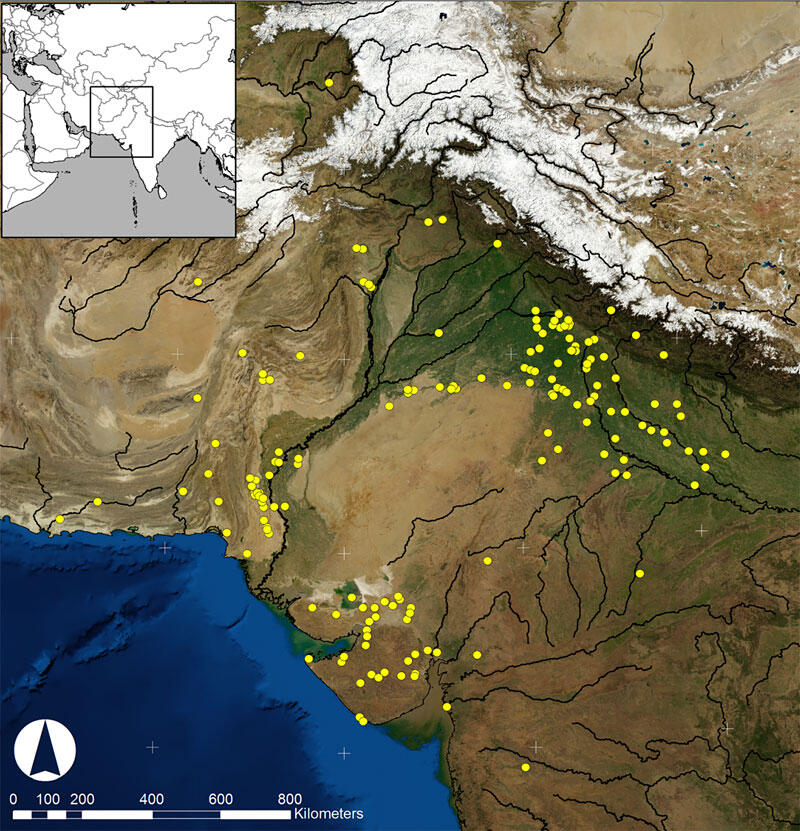Another sign of the growing importance of archaeobotanical datasets and the way in which qualitative and quantitative analysis can be used to paint a richer picture of something as complex as agriculture and nutrition in ancient Indus times. The authors, affiliated with the Cambridge University Land, Water Settlement project uses data, primarily from recently discovered Harappan sites across northern India, to show how crop farming consumption varied both across places and times; the findings suggest a society or societies able to adapt and change what they farmed and ate with sophistication and in line with conditions on the ground. In each area, the authors try to break down the percent of calories consumption coming from different types of cereals, and what that might imply for farming practices based on the samples discovered so far. The authors write that "this paper demonstrates that, when converted to proportions of calories, the perceived ‘importance’ of cereals from five Indus sites changes dramatically, reducing the role of the previously dominant small hulled millet species and elevating the role of Triticoid grains [apparently large-seeded barley grains of now extinct varieties found in Western Asia before and during this period]. Although other factors will also have affected how a farmer perceived the role and importance of a crop, including its ecological tolerances, investments required to grow it, and the crop’s role in the economy, this papers suggests that some consideration of what cereals meant in terms of daily lives is needed alongside the more abstracted quantification methods that have traditionally been applied."
Above: Map showing excavated sites belonging to the Indus Civilisation and Painted Grey Ware periods, based on published data as of date of paper submission. Data obtained from Indian archaeology, a Review and Possehl (1999).
From Springerlink.com. This article is distributed under the terms of the Creative Commons Attribution 4.0 International License (http:// creativecommons.org/licenses/by/4.0/), which permits unrestricted use, distribution, and reproduction in any medium, provided you give appropriate credit to the original author(s) and the source, provide a link to the Creative Commons license, and indicate if changes were made.

